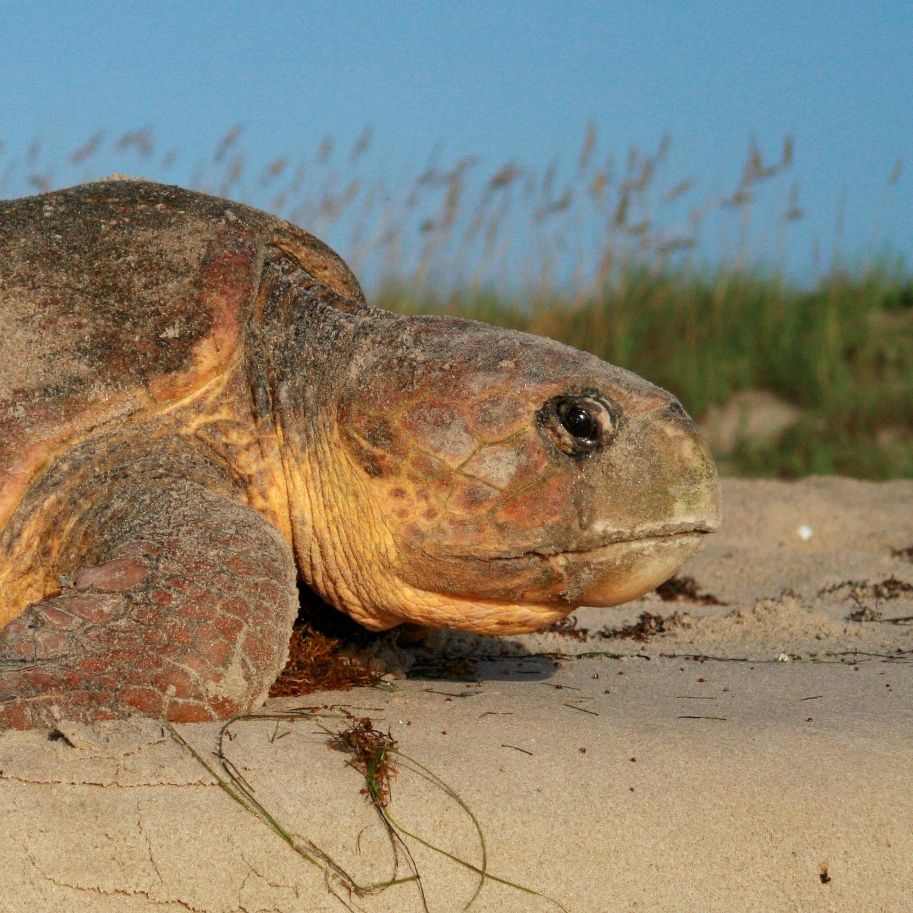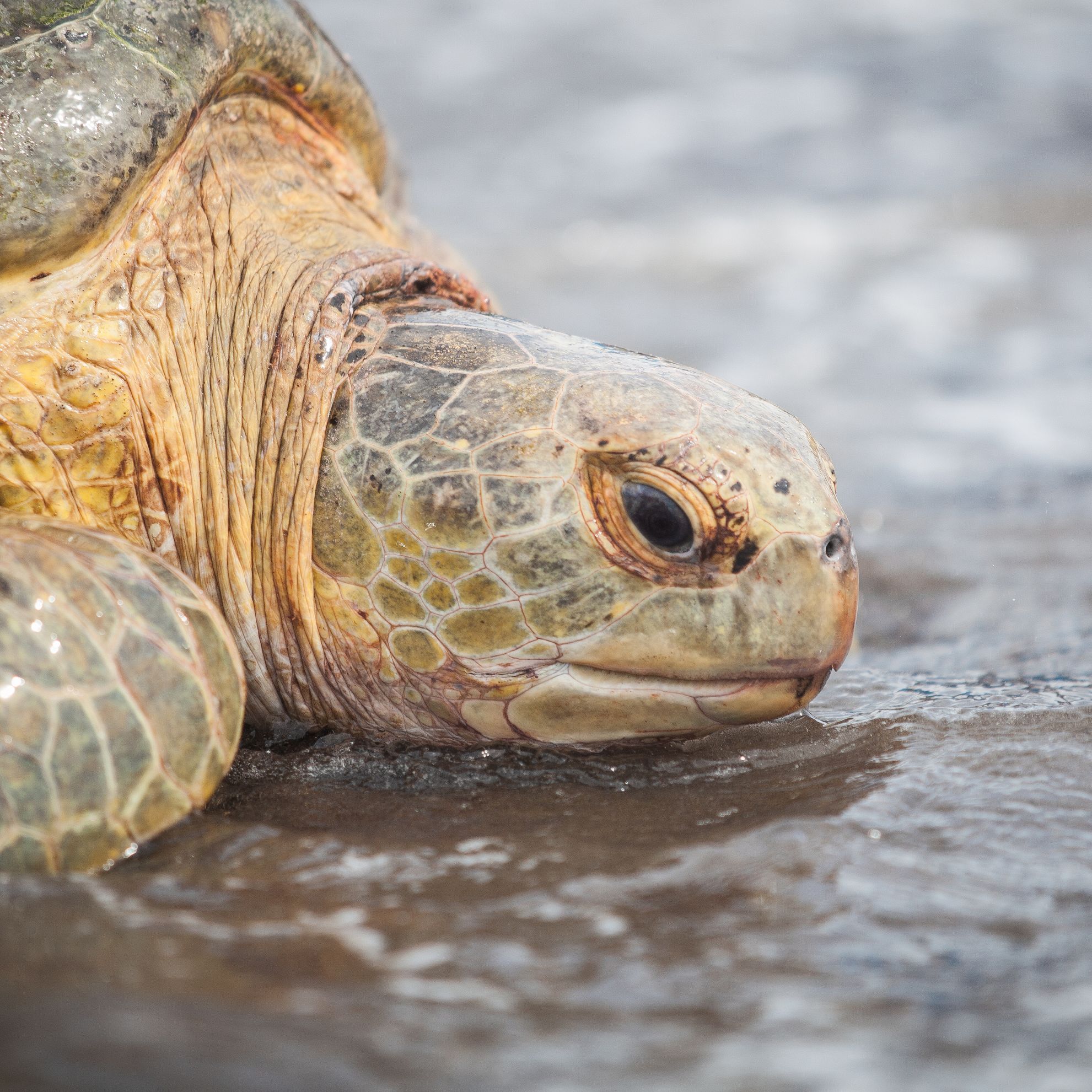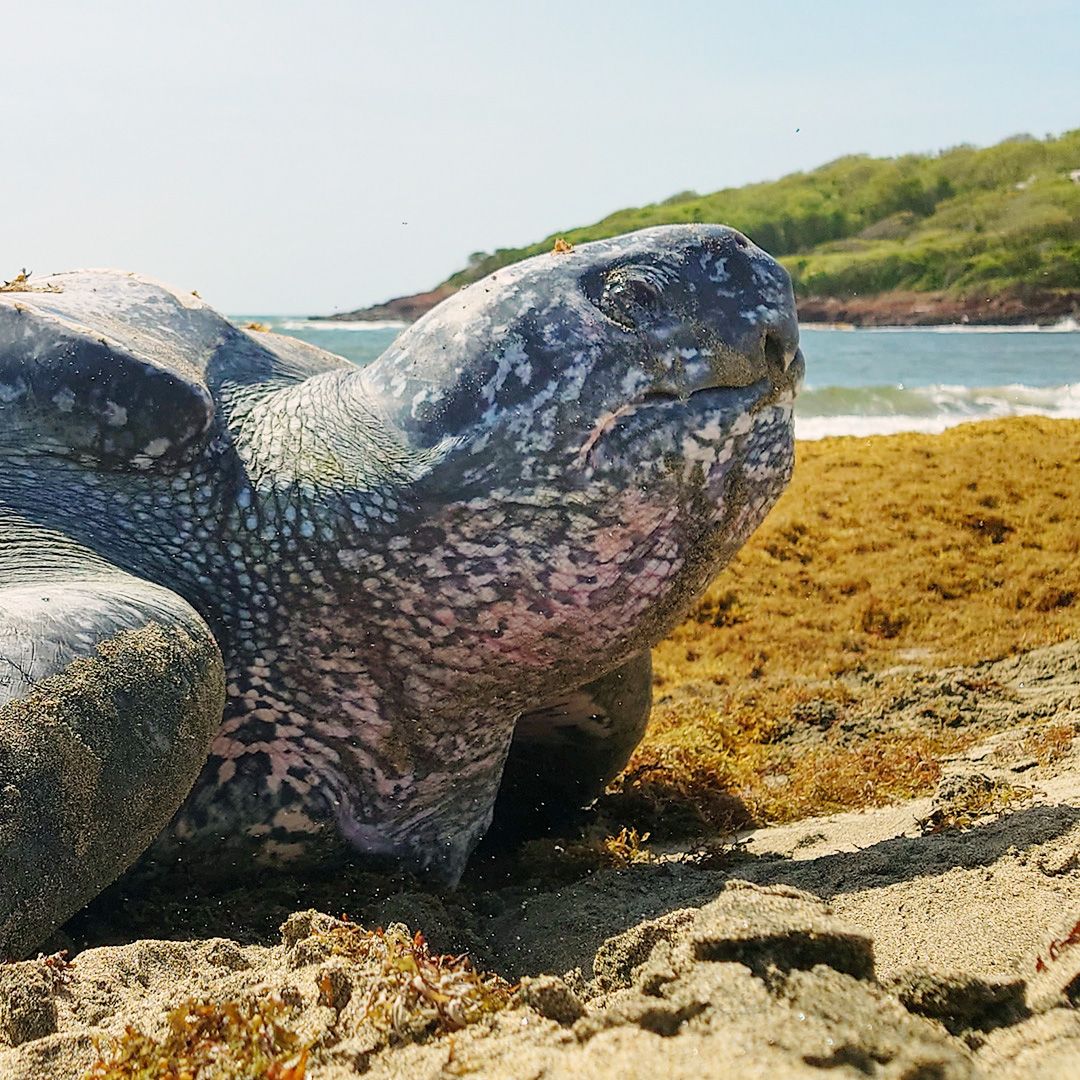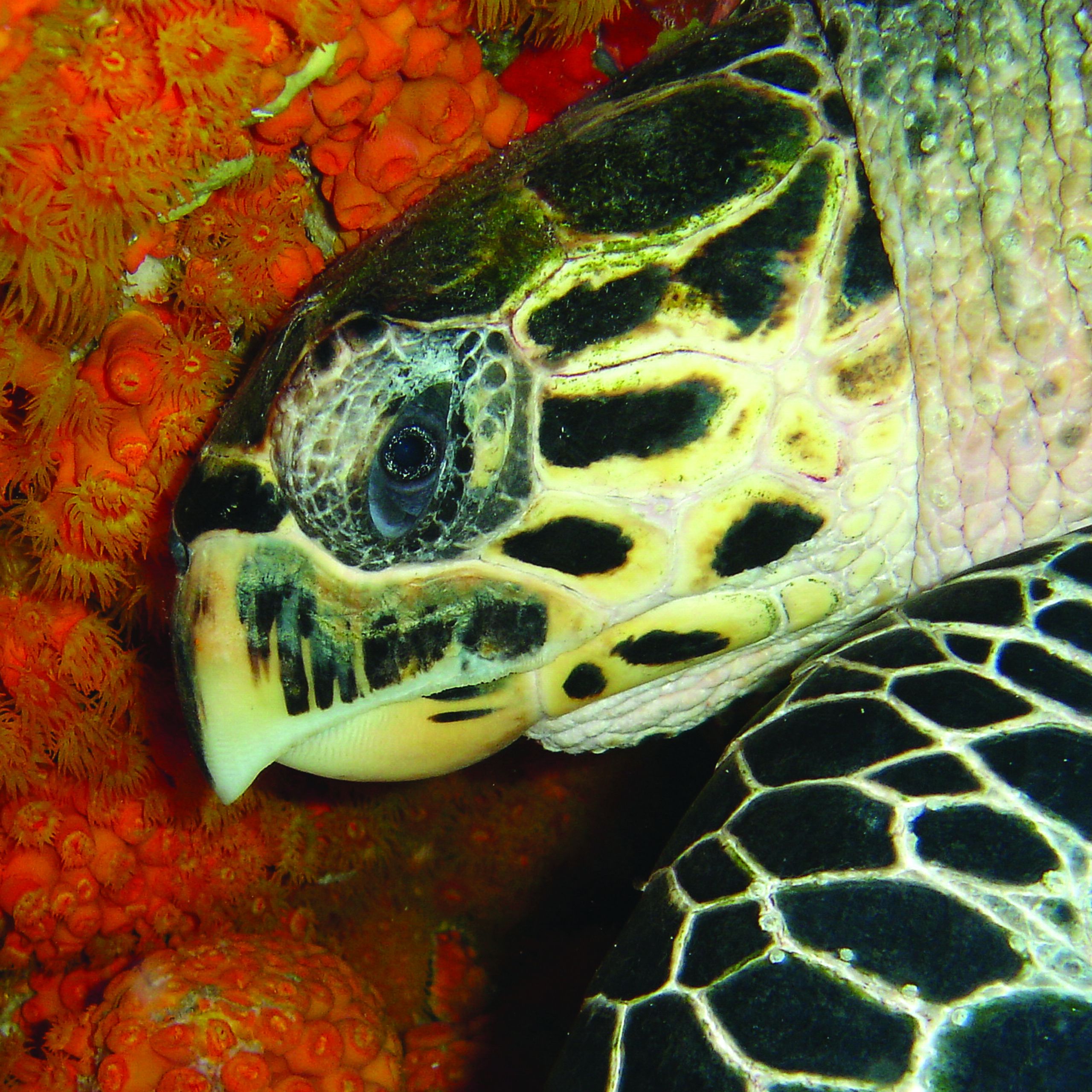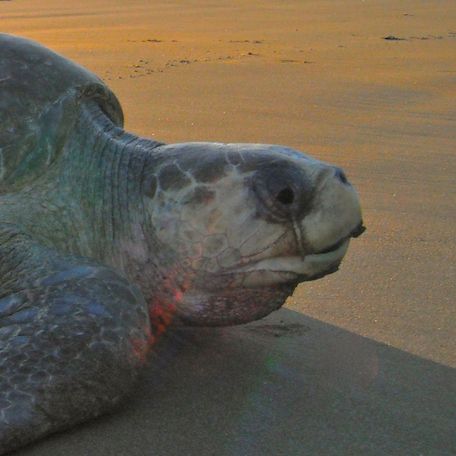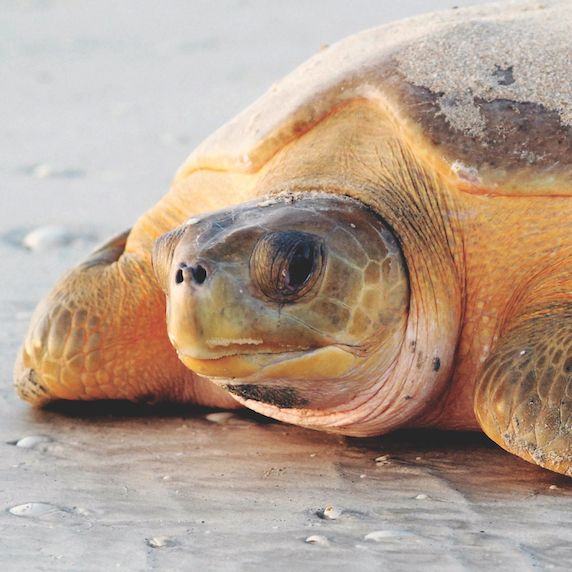Leatherback
Scientific Name
Dermochelys coriacea
Leatherback Turtles are named for their unique shell which is composed of a layer of thin, tough, rubbery skin, strengthened by thousands of tiny bone plates that makes it look “leathery.” Leatherbacks are the most widely distributed of all sea turtles and can be found in every ocean except the Arctic and Antarctic. Primarily found in the open ocean, as far north as Alaska and as far south as the southern tip of Africa, though recent satellite tracking research indicates that leatherbacks feed in areas just offshore. Known to be active in water below 40 degrees Fahrenheit, the only reptile known to remain active at such a low temperature. They have delicate, scissor-like jaws. Their jaws would be damaged by anything other than a diet of soft-bodied animals, so they feed almost exclusively on jellyfish. It is remarkable that this large, active animal can survive on a diet of jellyfish, which are composed mostly of water and appear to be a poor source of nutrients. Leatherbacks nest at intervals of two to three years, though recent research has indicated they can nest every year, between 4 to 7 times per season with an average of 10 days between nestings. They lay an average of 80 fertilized eggs, the size of billiard balls, and 30 smaller, unfertilized eggs in each nest, which incubate for about 65 days. Unlike other species of sea turtles, Leatherback females may change nesting beaches, though they tend to stay in the same region.
Leatherback turtles are the largest of all sea turtles measuring between 4 to 6 feet (130 – 183 cm) and weighing 660 to 1,100 pounds (300 – 500 kg). The largest leatherback ever recorded was almost 10 feet (305 cm) from the tip of its beak to the tip of its tail and weighed in at 2,019 pounds (916 kg). Their head has a deeply notched upper jaw with two cusps and their flippers are without claws. The Leatherback is the only sea turtle that lacks a hard shell. Its carapace is large, elongated and flexible with 7 distinct ridges running the length of the animal, and composed of a layer of thin, tough, rubbery skin, strengthened by thousands of tiny bone plates, the carapace does not have scales, except in hatchlings. Adult carapaces are dark grey or black with white or pale spots, while the plastron is whitish to black and marked by five ridges, while hatchlings have white blotches on carapace.
The greatest threat to Leatherback sea turtles is from incidental take in commercial fisheries and marine pollution (such as balloons and plastic bags floating in the water, which are mistaken for jellyfish). They are listed as Endangered (in danger of extinction within the foreseeable future) in 1970 under the U.S. Endangered Species Conservation Act, the predecessor to the U.S. Endangered Species Act, which was established in 1973. Internationally they are listed as Vulnerable in 2013 (facing a high risk of extinction in the wild in the immediate future) by the International Union for Conservation of Nature and Natural Resources.
Where We Live
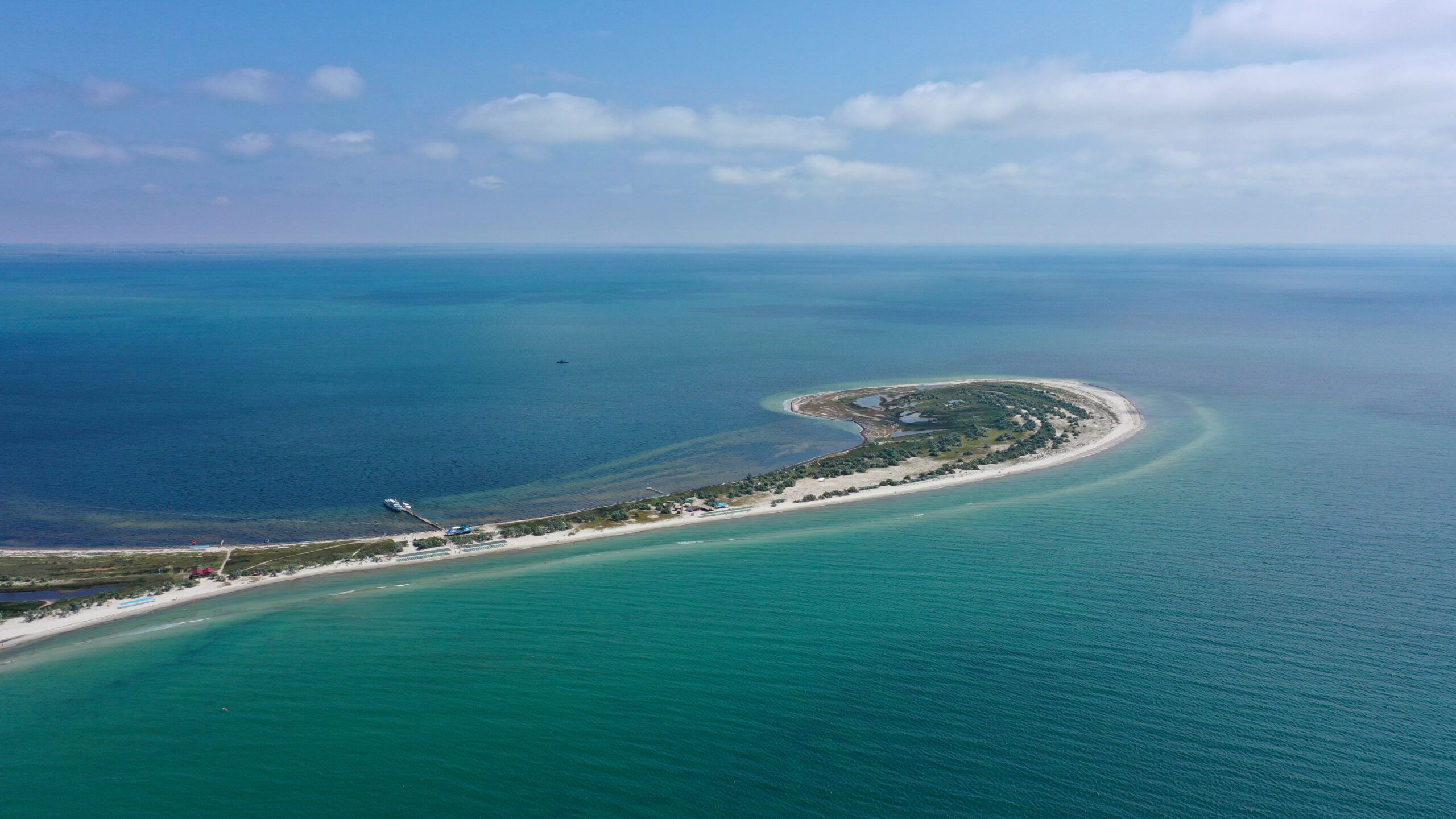
Barrier Islands
Barrier islands are naturally formed by shifting sands that build upon an existing sandbar to eventually form an island. The sand that has accumulated above the water surface becomes the home for the drifting seeds of beach plants. As the seeds grow and develop, their roots stabilize the soil, allowing the development of coastal strand and maritime hammock communities.
Barrier islands support a variety of plant and animal species that are either rare, threatened or endangered.
Barrier islands are greatly affected by the forces of wind and waves and are constantly moving towards or away from the mainland. Because barrier islands provide mainland protection from hurricanes and large storms by absorbing the impact of waves and storm water over flow, entire barrier islands can be severely reshaped or completely destroyed by a major storm.
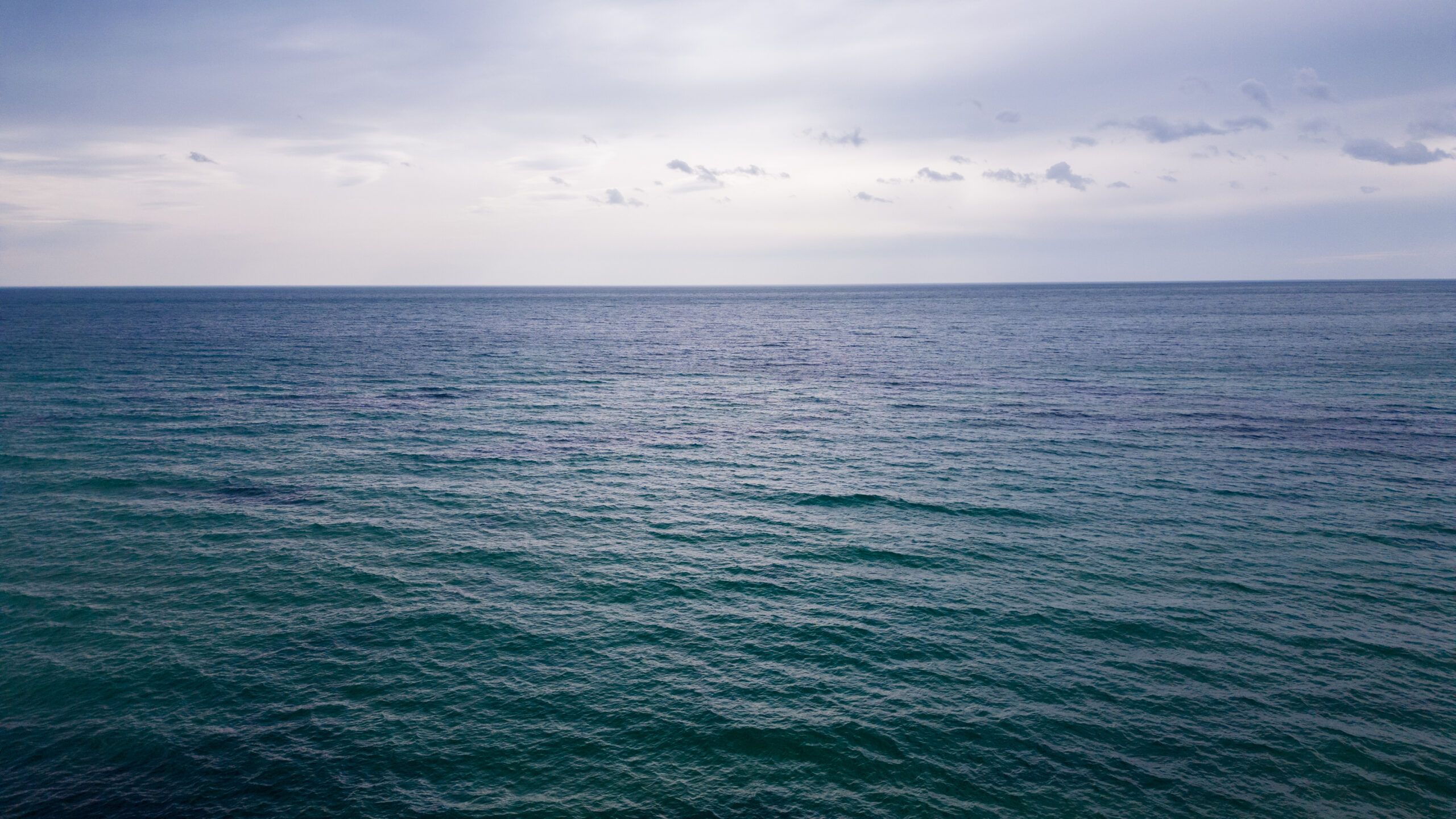
Pelagic
The pelagic oceanic zone is the area of open water lying over and beyond the continental shelf, while excluding nearshore and estuary areas. Organisms associated to the pelagic habitat occur in the water column above the seafloor and below the surface and consist of free-swimming creatures also known as nekton and free-floating or less motile plankton. The open ocean habitat sustains a relatively large number of species of fish, marine mammals, marine turtles, and invertebrates, many of commercial importance such as tuna, sharks, sardines, and mackerel. Species use this pelagic environment in a permanent or transitional phase for spawning, breeding, feeding, or growth to maturity.
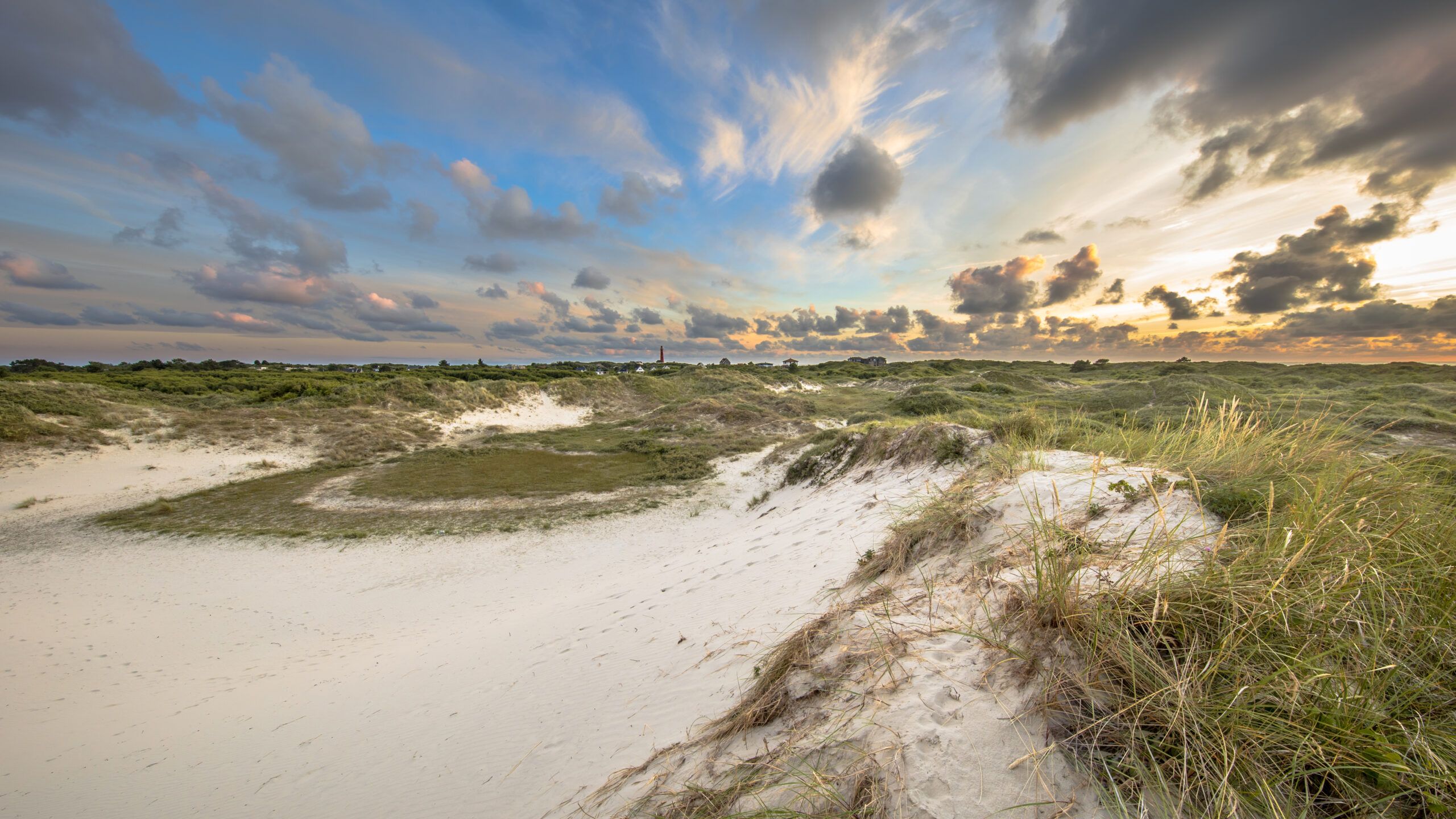
Beach and Dunes
A beach and dune ecosystem is a dynamic coastal habitat characterized by constantly shifting sands shaped by marine and terrestrial processes. Beaches and dune tend to be nutrient poor habitats where only specialized plants and animals can thrive. It’s home to many species of plants and animals, including shorebirds, sea turtles, invertebrates, and unique vegetation. Dune vegetation includes sea oats (a perennial grass that builds up dunes by trapping sand with its stems) and dune grasses (plants that can tolerate windy, salty conditions with little water). The beach and dune ecosystem is highly sensitive to changes in wave action, wind patterns, and sea level rise.
Endangered
Details
-
Size
5 feet
4 to 6 feet (130 – 183 cm). The largest leatherback ever recorded was almost 10 feet (305 cm) from the tip of its beak to the tip of its tail and weighed in at 2,019 pounds (916 kg) -
Weight
880 lbs
500 to 1,500 pounds (227-680 kg) -
Range
Global
Most widely distributed of all sea turtles. Found world wide with the largest north and south range of all the sea turtle species. With its streamlined body shape and the powerful front flippers, a leatherback can swim thousands of miles over open ocean and against fast currents -
Population
36 k
Population estimate is between 34,000 and 36,000 nesting females








